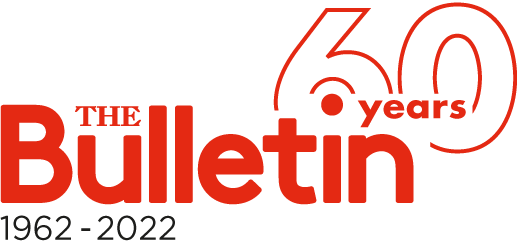- Daily & Weekly newsletters
- Buy & download The Bulletin
- Comment on our articles
New Liège tram finally enters service
Liège’s new tram made its maiden journey between Sclessin and Coronmeuse in the early hours of Monday morning, marking the end of a 60-year period in which no tram has served the city.
The debut came after numerous delays and setbacks, along with changes to strategy and planned stops along the route.
Shopkeepers in particular have suffered from the poor organisation of the works and the delays, and had only a short-lived celebration before the tram was almost immediately out of use due to a 24-hour strike on Tuesday.
Under normal operations, the tram serves 23 stations, several of which are connected to the city's bus network, every day between 5.00 and 1.00, every five minutes during rush hour and every seven to 15 minutes during off-peak hours, according to Walloon public transport operator TEC.
The fare is the same as for the bus: €2.60 for tickets purchased at ticket machines on station platforms and €1.15 when purchased with a multi-trip card. Tickets will not be sold onboard the tram itself.
Two park-and-ride car parks are in operation with a flat rate of €1.50 per day: at Bressoux (771 spaces) and at the other end of the line in Sclessin (665 spaces). Season tickets are also available.
The tram will significantly alter the network in Liège: bus routes will be completely reorganised around the tram, with new numbers, new routes, new connections and a new Busway network, which is intended to become the backbone of mobility in the city.
As a result, not all routes will terminate in the city centre. They will instead stop at the first tram stop, with the exception of the Général Leman station, where routes will continue to the Liège-Guillemins station.
Designed 13 years ago, the three-metre-high cars and carriages are characterised by their simple lines and colours, and are 45 metres long. Unlike buses, neither the tram nor its stops will bear advertising.
“That was the wish of the designer who was selected,” TEC marketing manager Stéphane Thiery said.
“He even moved to the city for a year to get a feel for the place, and he wanted to design a tram that would blend into the city.”
Another unique feature is the twisted metal support bars that line the carriages. They were specially designed for the Liège tram in reference to the region's steel-making past.
The new trams that have entered service are expected to have a lifespan of at least 40 years.















